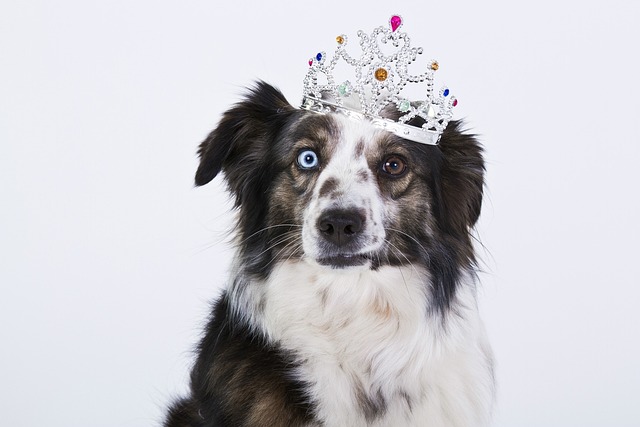
Are CBD treats good for dogs
It’s a stormy night in your Chicago apartment, and your rescue Lab, Max, is pacing—paws clicking on the hardwood, tail tucked, whimpering every time thunder booms.
Let’s walk through a morning in Brooklyn: You’re strolling your 3-year-old German Shepherd, Max, through the neighborhood park. Last month, he bounded ahead, tail high; today, his steps feel off—his hind legs swing wide, like he’s tiptoeing around something painful, and when he trots, his hips sway more than usual. You pause, wondering: Is this just laziness, or something worse? For dogs with hip dysplasia, these small changes in gait are the first clues, and knowing what to look for can mean earlier care and more comfort.
Hip dysplasia happens when the hip joint—normally a smooth “ball and socket”—grows unevenly, leaving gaps or loose connections. Imagine a doorknob that doesn’t fit its latch: every twist grinds, instead of gliding. This instability forces dogs to compensate, changing how they walk to avoid pain. In mild cases, you might notice subtle stiffness after naps, especially on cold mornings in Minnesota. As it worsens, the gait shifts: hind legs splay outward (like a cowboy’s stance) to reduce pressure, or the dog “bunny hops” when running—both hind legs move together, not alternating, to limit jarring. Breeds like Labradors or Rottweilers, with heavy frames, often show more pronounced changes than smaller dogs, but no breed is immune.
What specific signs should you track? Watch for a “stiff sit”: Max might plop down awkwardly, hind legs splaying instead of tucking neatly. On walks, he may lag behind, pausing to stretch his hips like he’s trying to “reset” them—common in Texas heat, where warm weather can ease stiffness, but cold in Colorado makes it worse. When climbing stairs in your Chicago apartment, he might hesitate, placing hind paws carefully one at a time instead of bounding up. You might also notice him licking or chewing his hips—a dog’s way of soothing discomfort, since they can’t say “my joints hurt.”

If you spot these signs, act gently. Schedule a vet visit—X-rays can confirm dysplasia, and early intervention (like anti-inflammatories or physical therapy) slows progression. At home, support his comfort: Add rugs to hardwood floors in your NYC studio to prevent slips that strain hips. Keep him lean—extra weight in a 70-pound Shepherd adds 280 pounds of pressure on already sore joints, like you carrying a backpack full of bricks. Use positive reinforcement to encourage slow, steady movement: When he climbs stairs calmly, reward with a treat—never scold for lagging; frustration only adds stress, and U.S. trainers universally warn against punishment for pain-related behavior.
This care ties into broader pet ownership norms. First, keep Max’s vaccines current—rabies shots are mandatory in all 50 states, and a healthy immune system supports his body’s ability to manage discomfort. When walking in Denver’s parks, pack poop bags (fines for forgetting hit $200 in some cities) and adjust your pace to his—rushing a dog with hip issues turns walks into stress, not bonding. In apartment buildings, avoid leaving toys in tight hallways; Max needs space to maneuver without bumping hips, and respecting neighbors’ paths is part of good pet etiquette.
For rescue dogs with unknown histories, like a 5-year-old mixed breed from a shelter in Georgia, these gait clues are even more critical—many arrive with undiagnosed dysplasia. By learning to read Max’s walk, you’re not just spotting a condition; you’re tuning into his needs, whether that means a softer bed, shorter walks, or a vet visit. After all, a dog’s gait is their silent language—listening helps them keep walking, comfortably, for years to come.

It’s a stormy night in your Chicago apartment, and your rescue Lab, Max, is pacing—paws clicking on the hardwood, tail tucked, whimpering every time thunder booms.

You’re huddled by the whelping box in your Atlanta home, staring at a litter of squirming, pink newborns—their mom, a nervous Golden Retriever
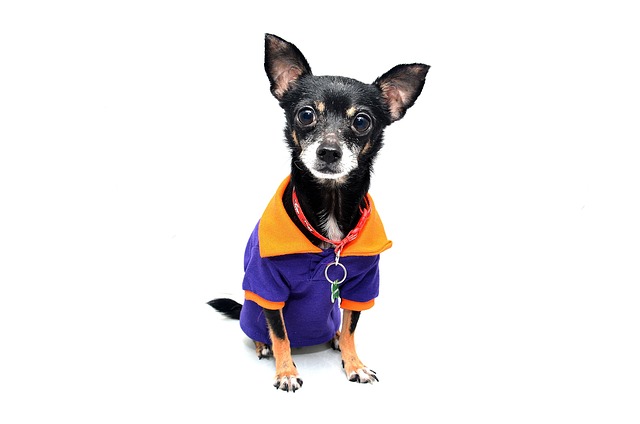
That little brown bottle of saline solution sits in many medicine cabinets – handy for contacts, minor cuts, or stuffy noses. Spotting your dog shaking his head or scratching an ear, it’s tempting to reach for this familiar, seemingly gentle fluid.
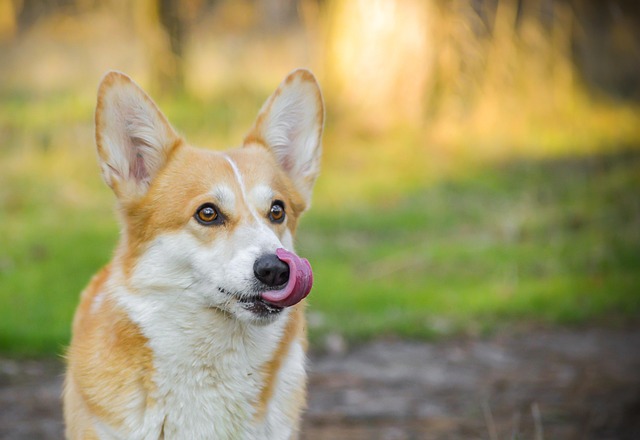
Coming home to a shredded couch cushion and a quivering pup by the door—sound familiar? For new dog owners in Chicago high-rises or suburban Atlanta homes
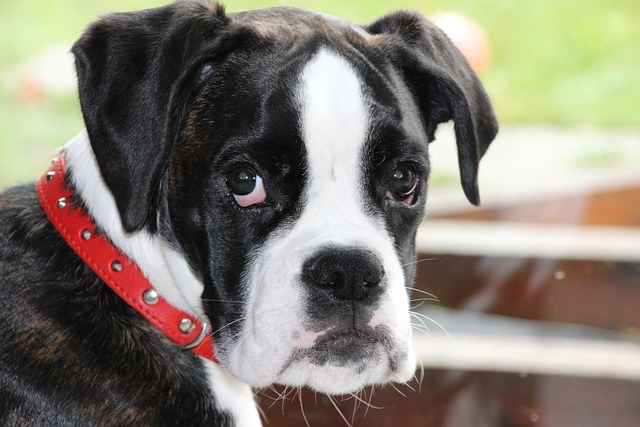
If your floor looks like a fur carpet and your clothes are constantly covered in dog hair, you’re not alone. Excessive shedding is a common concern for dog owners, but there are effective ways to manage it.
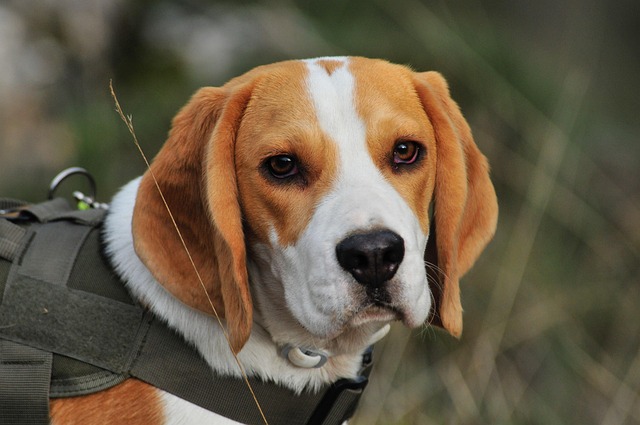
You’ve just finished a sunny hike with your 45-pound Golden Retriever, Bailey, through Arizona’s Red Rock Canyon. As he collapses panting in your SUV